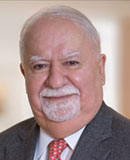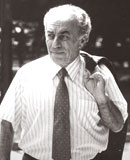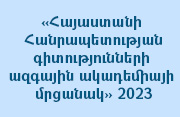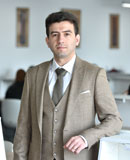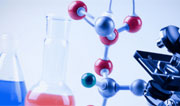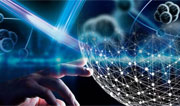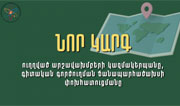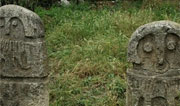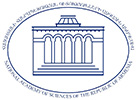 |
|||||||||||||||
|
|||||||||||||||
| Главная страница | Об Академии | Отделения | Организации | Члены | Связь с нами |
|
|
|
 Фонд развития науки НАН РА  Всеармянский фонд финансирования арменоведческих исследований 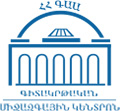 Международный научно-образовательный центр НАН РА  Фундаментальная научная библиотека НАН РА  Международная комиссия по присуждению международной премии имени Виктора Амбарцумяна  Национальный информационный пункт Армении HORIZON 2020  EURAXESS-Armenia Portal   Академическая научно-исследовательская компьютерная сеть Армении |
Новости
|
Анонсы
23 апреля 2024г. в 10:30 в Национальной академии наук Республики Армения состоится годичное oбщее собрание, посвященное основным результатам научной и научно-организационной деятельности Национальной академии наук Республики Армения за 2023 год. Годичные общие собрания отделений наук состоятся 22 апреля в 10.00 Институт физических исследований НАН Армении совместно с IPR Armenia Optica Student Chapter объявляют фотоконкурс под названием "Свет глазами фотографа", посвященный Международному дню света. Последний срок регистрации для участия в конкурсе 1 мая Ս.թ. ապրիլի 10-ին ժ. 15:00-ին ՀՀ ԳԱԱ նիստերի դահլիճում (Բաղրամյան պող., 24) տեղի կունենա սեմինարների շարքի երրորդ հանդիպումը՝ «Հավաքում ենք փաթիլ. ատոմներից դեպի մոլեկուլ և բյուրեղ» խորագրով: Որպես մոդերատոր հանդես կգա անվանի քիմիկոս, SKOLKOVO-ի գիտության և տեխնոլոգիաների ինստիտուտի պրոֆեսոր Արտեմ Օհանովը 1-го апреля 2024 года, в 12:00 в зале заседаний Президиума НАН РА состоится семинар на тему "Магнитометрия на основе NV-центров в алмазе с ядерным спин-поляризованным 14N", который представит профессор Латвийского университета Марцис Аузиньш Ширакский центр арменоведческих исследований НАН РА приступает к выпуску 1 (27) тома журнала "Научные труды" за 2024 год. Приоритет отдается статьям на английском и русском языках. Крайний срок приема статей 1 марта 2024 года Международный инновационный центр нанотехнологий СНГ (МИЦНТ СНГ) при поддержке Межгосударственного фонда гуманитарного сотрудничества государств - участников СНГ (МФГС) и Объединенного института ядерных исследований объявляет о проведении конкурса на соискание грантов на разработку проектов в рамках деятельности МИЦНТ СНГ в 2024 году и очередной Стажировки молодых ученых и специалистов стран СНГ в Дубне в апреле - мае 2024года ՀՀ գիտության և տեխնիկայի զարգացման 2020-2024թթ. գերակայության ՀՀ կառավարության որոշման նախագիծ Публикации в прессе
|
 |
Сайт последний раз обновлялся: 16:24, 18/04/2024 |  |
|
Главная страница -
Об Академии -
Отделения -
Организации -
Члены -
Связь с нами -
Структура -
COVID-19
|
|||||
|
© Copyright 1998-2024 Все права защищены. Сайт создан и поддерживается Академической научно-исследовательской компьютерной сетью Армении (ASNET-AM) Вопросы и предложения можете посылать на электронный адрес webmaster {[ at ]} sci.am |

![academy [@] sci.am academy [@] sci.am](images/email.jpg)








